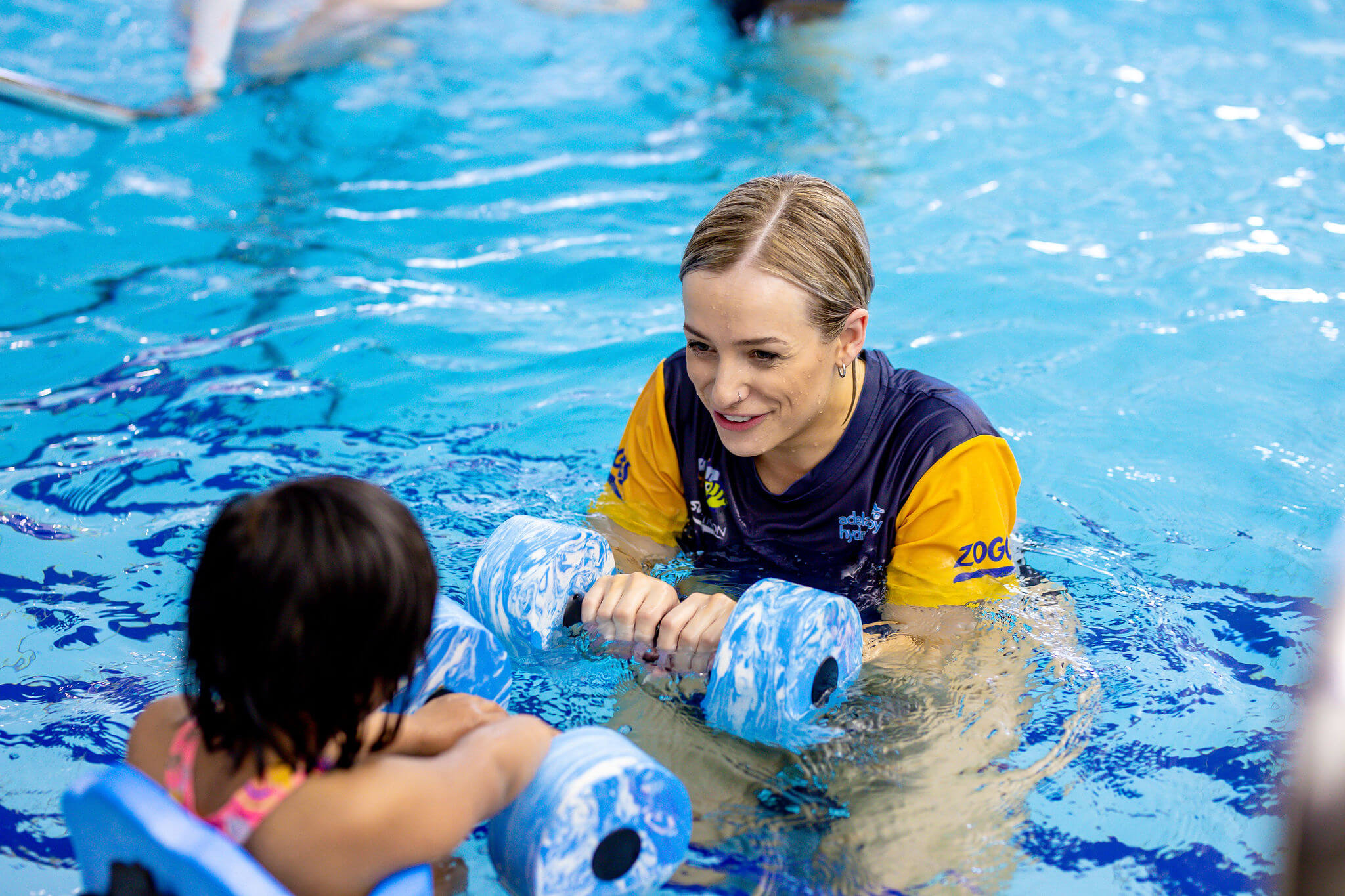The Importance of Exercise for People with Chronic Pain
How Adelaide Active Rehab & Therapy Can Help
Living with chronic pain can feel overwhelming, affecting not only your physical well-being but also your mental health and overall quality of life. While it may seem counterintuitive, regular exercise is one of the most effective strategies to manage and reduce chronic pain. Research consistently shows that movement is essential in improving mobility, strength, and pain tolerance. In this blog, we’ll explore why exercise is important for chronic pain management and how our team at Adelaide Active Rehab & Therapy, including physiotherapists and exercise physiologists, can help.
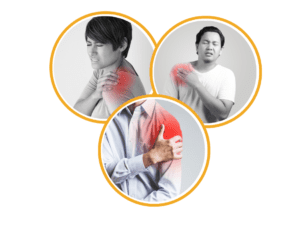 Neurodivergent children and teenagers—those with conditions such as autism spectrum disorder (ASD), ADHD, and sensory processing disorders—often face unique challenges when it comes to physical activity. However, research consistently shows that regular exercise can significantly improve both physical and mental health for neurodivergent individuals. Exercise not only enhances overall fitness but also supports emotional regulation, social skills, and cognitive development.
Neurodivergent children and teenagers—those with conditions such as autism spectrum disorder (ASD), ADHD, and sensory processing disorders—often face unique challenges when it comes to physical activity. However, research consistently shows that regular exercise can significantly improve both physical and mental health for neurodivergent individuals. Exercise not only enhances overall fitness but also supports emotional regulation, social skills, and cognitive development.
In this blog, we’ll explore the benefits of exercise for neurodivergent children and teens and how exercise physiologists at Adelaide Active Rehab & Therapy can provide targeted support to improve their quality of life.
Why Exercise is Crucial for Chronic Pain Management
1. Improves Physical Function: Chronic pain often leads to reduced mobility and muscle weakness. Exercise helps to strengthen muscles and improve flexibility, which supports better posture and reduces the risk of injury. Engaging in regular physical activity can help improve joint mobility and make daily activities easier and less painful.
2. Reduces Pain Sensitivity: Physical activity helps stimulate the release of endorphins, the body’s natural painkillers. Studies indicate that consistent, low-intensity exercise reduces the sensitivity of the nervous system to pain. This phenomenon, known as “exercise-induced hypoalgesia,” can significantly decrease chronic pain levels over time.
3. Mental Health Benefits: Chronic pain often leads to anxiety, depression, and feelings of helplessness. Exercise has been proven to improve mood, reduce stress, and enhance mental well-being by increasing serotonin and endorphin levels. A more positive mental state can also lead to better pain management.
4. Helps Prevent Further Injury: Many people with chronic pain are hesitant to move, fearing they may aggravate their condition. However, avoiding movement can lead to muscle atrophy and stiffness, making pain worse. A structured exercise plan tailored to your condition can help prevent further injuries and support long-term health.
How Physiotherapists and Exercise Physiologists Can Help
When managing chronic pain, expert guidance is key. At Adelaide Active Rehab & Therapy, our team of physiotherapists and exercise physiologists work diligently to develop customized exercise programs that suit each individual’s specific needs. Here’s how we can help:
Physiotherapists assess your movement, identify muscle imbalances, and design treatment plans to alleviate pain and improve function. They may use techniques like manual therapy, joint mobilizations, and specific strengthening exercises to target the root cause of your pain.
Exercise Physiologists specialize in creating safe, evidence-based exercise programs tailored to chronic pain conditions. They focus on graded exercise therapy—gradually increasing the intensity of physical activity without triggering pain flare-ups.
By combining physiotherapy with individualized exercise routines, we offer a holistic approach to pain management. This collaboration ensures that you are moving safely and effectively, while progressively working towards reducing pain and enhancing your quality of life.
Getting Started with Exercise at Adelaide Active Rehab & Therapy
Starting an exercise routine when living with chronic pain can be daunting, but with professional guidance, it’s more than achievable. Here are our recommended steps:
1. Book an Assessment: Contact Adelaide Active Rehab & Therapy to schedule an initial consultation. Our physiotherapists will assess your current pain levels, movement restrictions, and overall health.
2. Customized Treatment Plan: Based on your assessment, our team will design a personalized exercise plan that factors in your pain triggers, limitations, and goals.
3. Regular Progress Checks: We will monitor your progress closely to ensure the exercise plan is helping you safely increase your activity levels while reducing pain. Adjustments will be made as necessary to ensure your long-term success.
Final Thoughts
Exercise plays a vital role in managing chronic pain and improving overall quality of life. At Adelaide Active Rehab & Therapy, we combine the expertise of physiotherapists and exercise physiologists to provide you with a safe, effective approach to pain management. Don’t let chronic pain dictate your life—reach out to us today and begin your journey toward better health and well-being.
Contact us today to book an appointment and take the first step toward pain relief.
 Meet our physiotherapist lead, Jana! 🤩
Meet our physiotherapist lead, Jana! 🤩
Since graduating in 2012 Jana has worked with clients of all ages in busy private practice settings and as a specialist MSK physio in England’s National Health Service.
She has a special interest in shoulders but her overall experience includes pre and post-operative care, chronic pain and acute sporting injuries of the shoulder, knees and ankle.
Jana’s approach to physiotherapy is holistic and evidence-based, she believes in empowering her clients by helping them understand their condition better. She will work closely with you to create a treatment plan tailored to achieve your individual goals, whether that is to rehab an injury, aid recovery from surgery or build your general strength to improve quality of life.
If you’re experiencing shoulder pain, don’t wait – get in touch now to book your physio appointment at Adelaide Active.
Want to find out more information or book your first consultation?



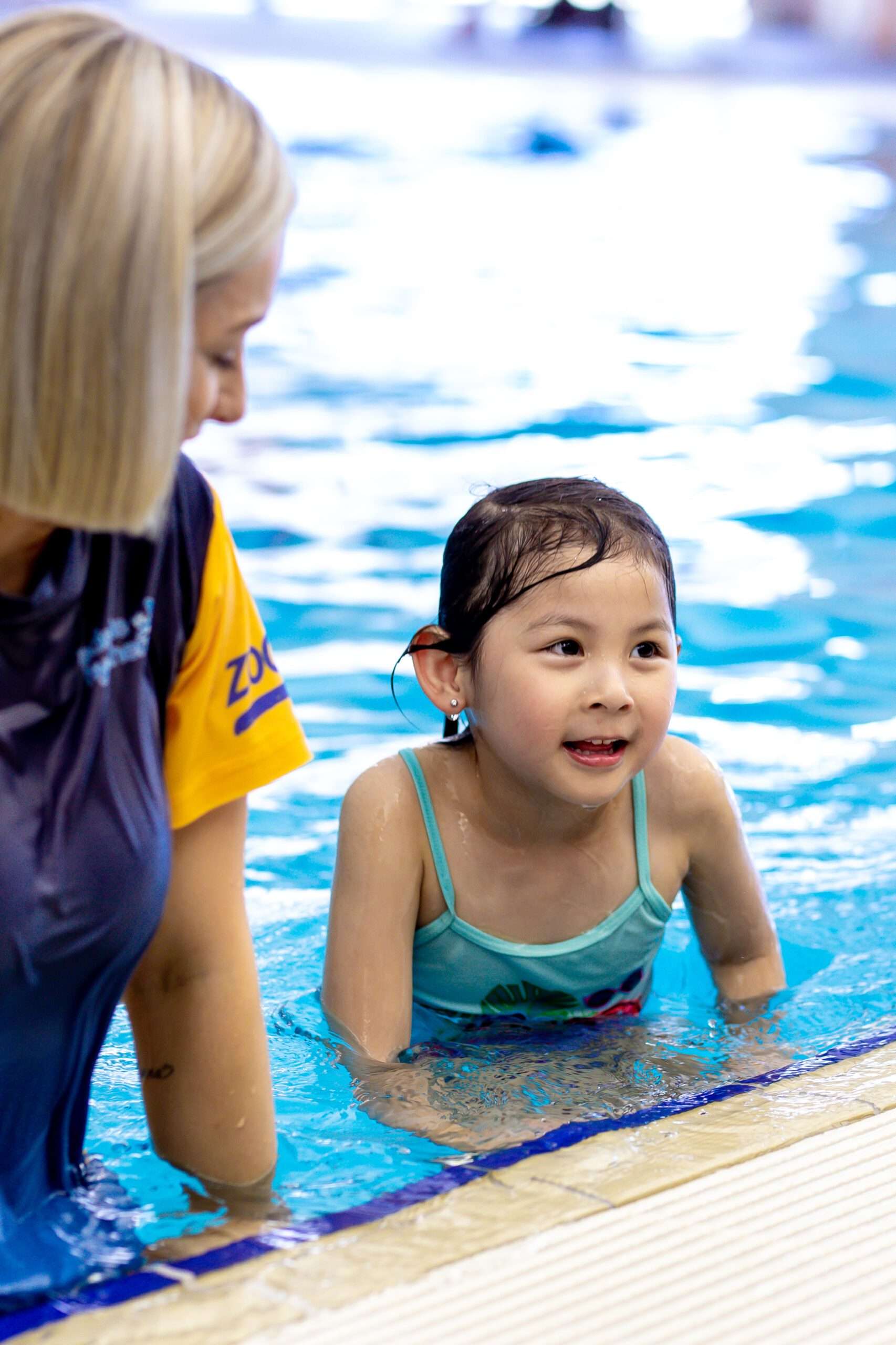
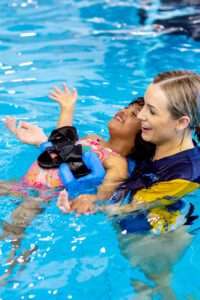 Neurodivergent children and teenagers—those with conditions such as autism spectrum disorder (ASD), ADHD, and sensory processing disorders—often face unique challenges when it comes to physical activity. However, research consistently shows that regular exercise can significantly improve both physical and mental health for neurodivergent individuals. Exercise not only enhances overall fitness but also supports emotional regulation, social skills, and cognitive development.
Neurodivergent children and teenagers—those with conditions such as autism spectrum disorder (ASD), ADHD, and sensory processing disorders—often face unique challenges when it comes to physical activity. However, research consistently shows that regular exercise can significantly improve both physical and mental health for neurodivergent individuals. Exercise not only enhances overall fitness but also supports emotional regulation, social skills, and cognitive development.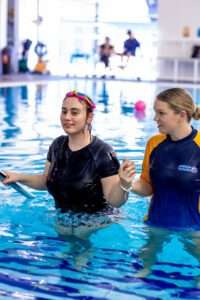 Many neurodivergent children experience difficulties with motor coordination. Exercise, particularly activities that focus on balance, agility, and strength, can help improve these motor skills. This can lead to better coordination, body awareness, and overall confidence in daily physical tasks.
Many neurodivergent children experience difficulties with motor coordination. Exercise, particularly activities that focus on balance, agility, and strength, can help improve these motor skills. This can lead to better coordination, body awareness, and overall confidence in daily physical tasks.

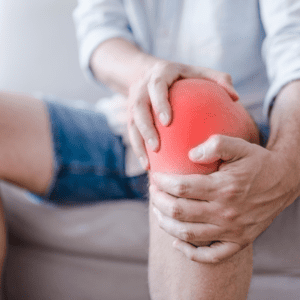

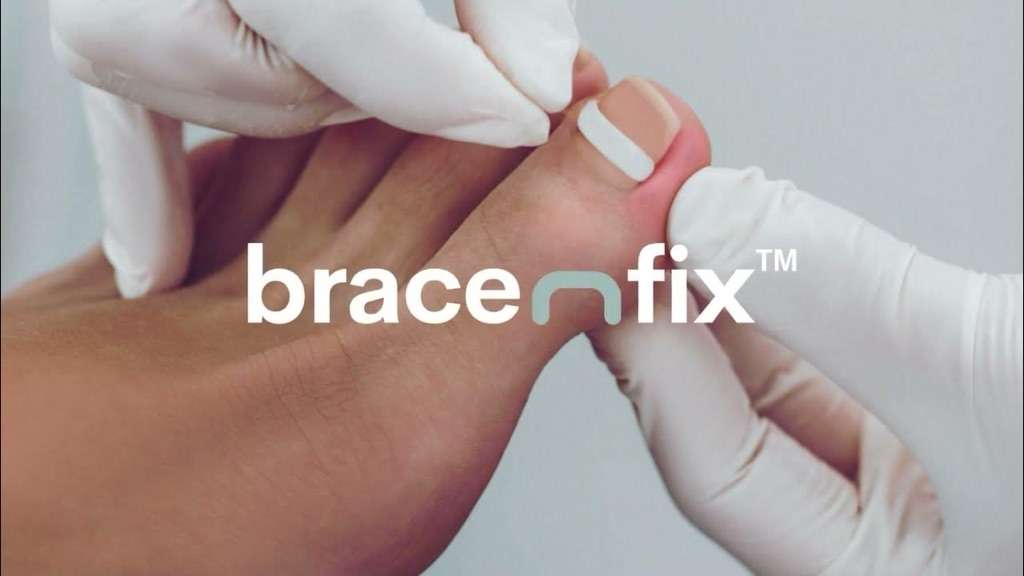
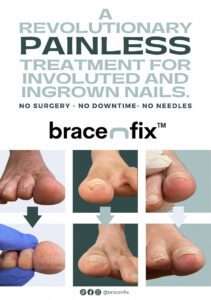
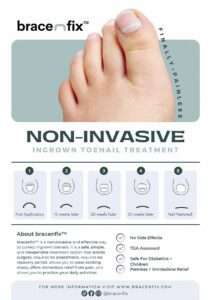

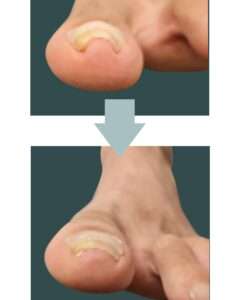
 Lauren says, “Podiatry is an incredibly rewarding profession, and I get to help people every day. There’s no better feeling than someone limping into my clinic room and being able to walk out.”
Lauren says, “Podiatry is an incredibly rewarding profession, and I get to help people every day. There’s no better feeling than someone limping into my clinic room and being able to walk out.”



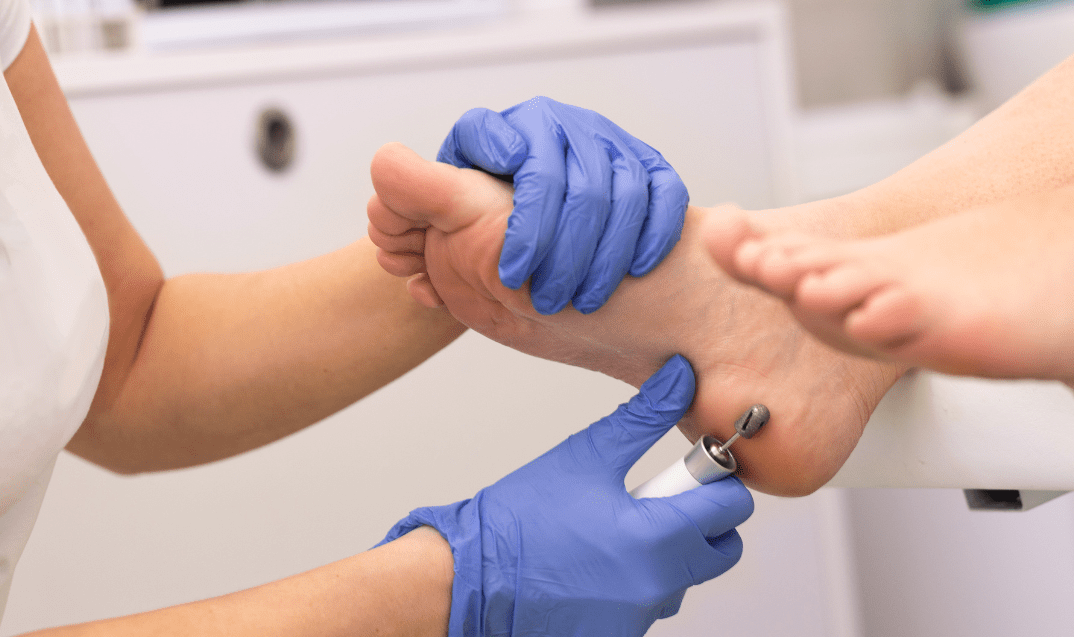
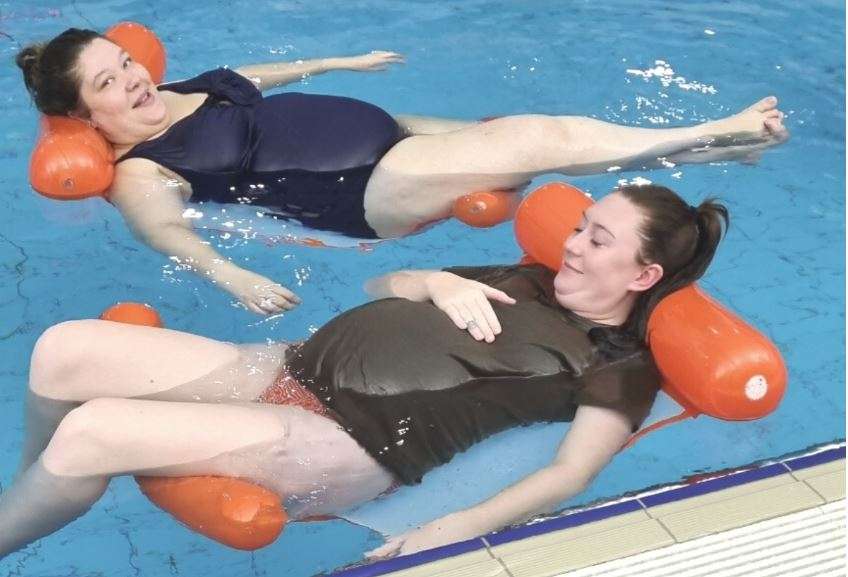
 At Adelaide Active, we offer a program called
At Adelaide Active, we offer a program called 